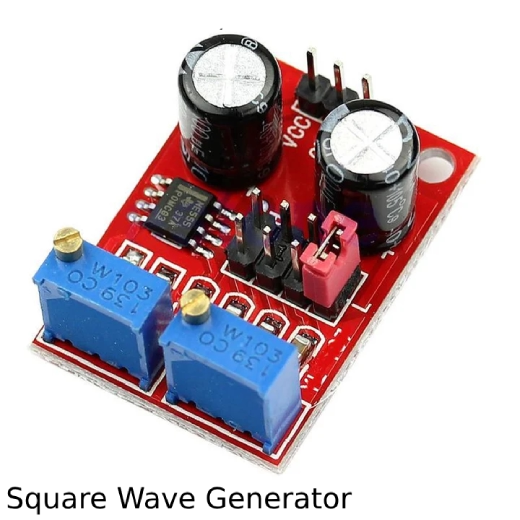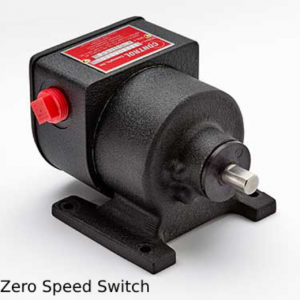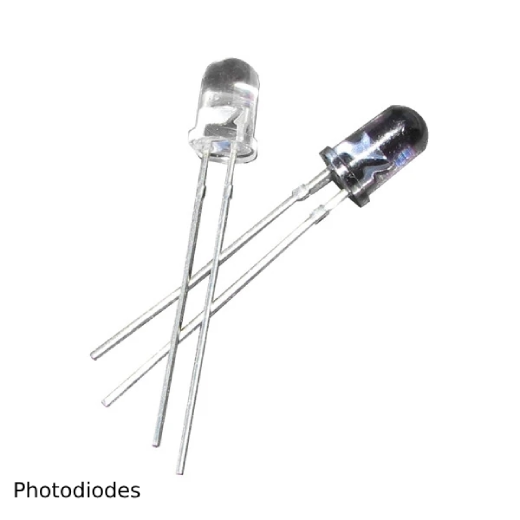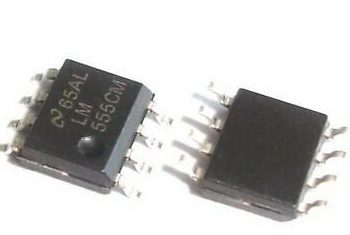
1. Introduction to the LM555 IC
Key components in electronics are the integrated circuit (IC) LM555, also referred to as a flexible timer. Owing to its robustness and simplicity, Signetics designed it in 1972, and it is still in heavy usage today. Many timing, pulse generation, and oscillation applications may be achieved with it because of its three operational modes: bistable, monostable, and stable. Its significance arises from its capacity to give exact timing control in a wide range of electrical circuits, from basic LED flashers to complicated control systems.
2. Basic Operation of the LM555
The LM555’s basic operation revolves around its internal components and pin functions. It consists of resistors, comparators, and a flip-flop, all integrated to facilitate timing functions. Pin functions include control voltage, trigger, threshold, discharge, and output. These pins interact to enable the IC’s various modes: astable, monostable, and bistable. Understanding these modes is crucial for designing circuits tailored to specific timing requirements, offering flexibility in electronic applications.
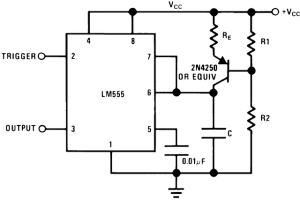
3. Understanding LM555 Applications
LM555 applications encompass a broad spectrum of electronic designs, showcasing its versatility. From simple LED flashers to complex timing circuits, practical examples abound. Its ability to generate precise timing signals makes it indispensable in applications requiring accurate control over timing intervals. Additionally, the LM555 facilitates oscillation, enabling the creation of stable frequency signals used in various electronic systems. Moreover, its pulse generation capabilities find utility in applications such as PWM (pulse-width modulation) control and frequency synthesis.
4. Hands-On Applications
Practical uses for the LM555 include how-to manuals for building standard circuits. These manuals are easily understood by both novice and seasoned enthusiasts since they usually contain schematic diagrams, component lists, and assembly instructions. They frequently cover well-known setups like timer circuits, LED flashers, and pulse generators, giving readers hands-on familiarity with the capabilities of the LM555.
Moreover, troubleshooting tips and common pitfalls are invaluable resources for users encountering issues during circuit construction or operation. They offer guidance on identifying and resolving common issues such as incorrect component placement, faulty connections, and incorrect circuit configurations. By addressing these challenges proactively, users can enhance their understanding of the LM555 and improve their success in building functional circuits.
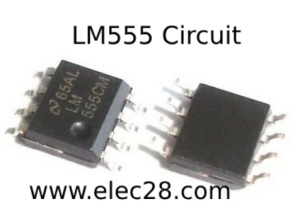
5. Advanced Applications and Modifications
Exploring advanced features and modifications of the LM555 expands its utility beyond basic applications. Advanced features may include fine-tuning timing parameters, extending frequency ranges, or implementing specialized functions. Modifications can involve external circuitry or changes to internal components, enabling customization to specific requirements. These enhancements unlock new possibilities for the LM555, allowing it to address more complex and specialized tasks in electronics.
The utility and adaptability of the LM555 are improved by integration with additional components. It may be used with microcontrollers, amplifiers, or sensors to construct complex systems with more power. Integration enables the LM555 to interact with external signals, respond to environmental conditions, or communicate with other devices. This synergy amplifies the LM555’s impact, empowering it to play a pivotal role in diverse electronic applications.
6. Case Studies and Real-world Examples
Examining LM555 circuits in a range of electrical devices, we explore practical applications in several sectors. Products ranging from consumer electronics to industrial automation use the LM555. These case studies demonstrate how the LM555 may be utilized to suit different functional demands in different scenarios, highlighting its versatility and adaptability. We may learn more about the LM555’s practical integration and contribution to the operation of electronic systems by examining these instances.
Moreover, analyzing the role and impact of LM555 circuits in practical applications sheds light on their significance. Understanding how the LM555 contributes to the overall performance and functionality of electronic devices elucidates its value. Through systematic analysis, we uncover the key factors influencing design decisions and the trade-offs involved in utilizing the LM555. This deeper understanding informs future design choices and optimizations, ensuring efficient utilization of the LM555 in real-world scenarios.
7. Conclusion and Further Resources
In conclusion, we’ve explored the fundamental concepts and practical applications of the LM555 timer IC. We’ve covered its basic operation, advanced features, and integration into electronic circuits. Understanding its versatile functionality opens up a world of possibilities for electronics enthusiasts and professionals alike.
For further exploration, consider revisiting the key concepts discussed and applying them to new projects. By examining intricate applications and playing with various circuit configurations, one may gain further insight into the LM555 and its possibilities.
Furthermore, anyone interested in learning more about the LM555 and electronics in general may find a lot of knowledge. Books, online courses, and discussion forums all offer valuable guidance to both novice and experienced practitioners. Participating in practical tasks and working together with other enthusiasts might enhance your educational experience even further.


